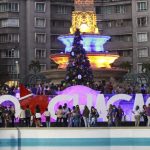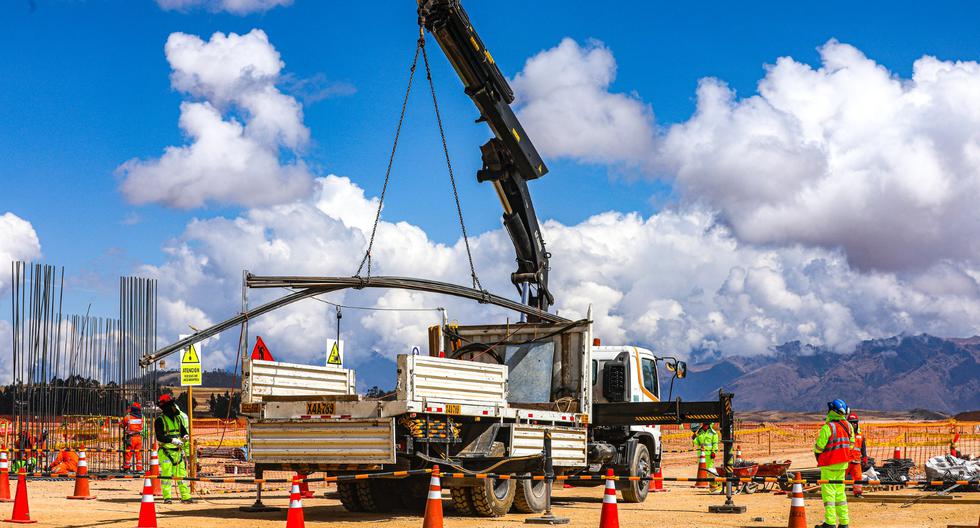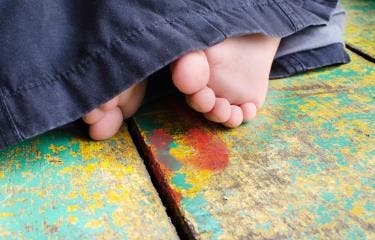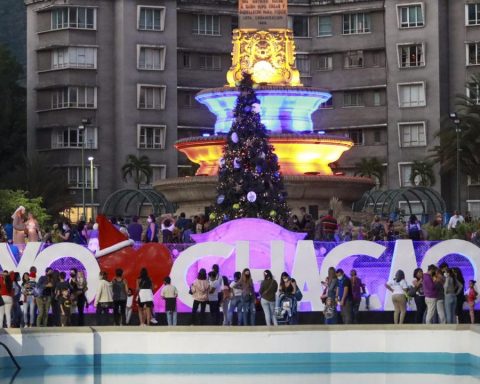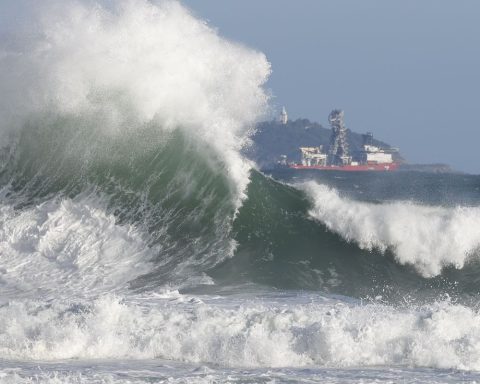Why do families in situations of poverty and vulnerability spend “as far as they can and more” of their income on education? In the words of Luis Ortíz Sandoval, author of “Free public education. Case studies on the economic contributions of households for compulsory education”, published material, “disbursements respond less to strategies to prop up social ascent, but rather to avoid social decline to more critical levels”.
The study carried out within the framework of the project Tetayguára Jesareko Together for Educationwith the support of the European Union, uses the category “disbursements”, since it considers that education is an investment but at the same time it is an expense, so its objective is “the identification and analysis of the financial expenditures that take place during the schooling processes in public educational entities with emphasis on situations of poverty”.
The economist Veronica Serafini He valued the research as a “contribution to knowledge of the situation to think about public policies.” “Fundamental to know the cost and what households spend to guarantee education, to eliminate barriers and promote public and universal policies,” he said. In this sense, he gave a context of why the out-of-pocket expenses made by families occur: low level of investment in education from the State and high levels of vulnerability in homes. Serafini pointed out that two million children and adolescents are in homes where adults are earning less than the minimum wage in Paraguay.
Oscar Charotti, from Together for Education, He stressed the concept of gratuity established and enshrined in the National Constitution in article 76 as a basic condition to guarantee inclusion in public education in our country. “This becomes more relevant when we realize that practically 40% of the children and adolescents who access the public system come from highly vulnerable families,” he said.
The study of Ortiz Sandoval, Unlike other studies on spending, this is a qualitative sociological research that beyond the numbers collects explanations through a class stratification by income and in-depth interviews with key actors from educational communities, rural and urban populations, Central and Capital. The population studied is located according to their income levels in: low and high fraction of the lower class (situation of extreme poverty and general poverty) and lower fraction of the middle class (families in a situation of vulnerability).
The items are classified into two:
1) Items visible or associated with education: educational tools and materials; clothing (uniforms); Information and communication technologies for education; didactic accessories and complementary inputs.
2) Invisible items or non-associated expenses straight to education: food, personal hygiene, health and transportation.
The main results of the study
– In visible items, the erogations are higher in families in urban areas (40.8%) than in families in rural areas (21.6%). Within urban areas, in the lower classes, in the most disadvantaged families, expenditures on education represent 63% of income. In the lower fraction of the middle class, that is, in families in vulnerable situations, expenditures reach 36%. In short, the poorer the families are, the more the percentage of expenditures on education means to their income.
-For him rural area, the drop in schooling is much earlier. There are expenses that are not directly related to education, but that influence the permanence or not of children and adolescents in the educational system. The expenditures in the lower fraction of the lower class reach an average of 25% of their income; in the upper fraction of the lower class, the average reaches 27%, while in the middle class, it reaches 24%.
–In urban areas, there are more schools, more investment, more incentives than in rural areas.. Monetary income weighs more in terms of quantity and there is a greater propensity to support students in schools. In rural areas, there are fewer schools and family income in cash is smaller.
–Among the visible items, investment is made first in Information and Communication Technologies, since since the pandemic the use of the internet has been integrated into education; where more is spent is on data packages for cell phones in the lower classes; while in the middle class, in some cases there is internet with Wi-Fi. The second item is the uniform and in third place are the complementary inputs, soEspecially at the middle level and in the third cycle, families invest a significant percentage of their family income in inputs, despite receiving school kits from the Ministry of Education and Sciences.
The importance of the uniform
Luis Ortiz explained that during the investigation, when they found that a large part of the education expenses were destined to outfit, they asked the families about the pedagogical utility that this expense can have, they were completely unaware. “For many families, and for mothers in particular, the purchase of uniforms represented an absolute priority in the sense that for them they mobilized not only an institutional requirement, but also had a symbolic component, they do not want their children to go to school with clothes that insult their dignity or with dirty clothes”. In addition to the fact that there are controls on personal hygiene in some establishments, according to the author, Many of the personal hygiene expenses of the students and cleaning of the establishment are transferred to the families.
The invisible headings
Regarding invisible items, the study shows that there are expenses that are normally incurred but that “for going to school” or “for going to school” increase during school times. It stands out that in personal hygiene, families invest more in sanitary napkins and that attendance or not to classes is conditioned by this type of material.
In remote rural areas, such as There is no public transport, the motorcycle and the fuel to get to school or college have costs that imply a significant outlay for families.
As for food, When food is not ensured, the retention of the child or adolescent in school is at risk.
Read more: Research reveals that lack of nutrition affects retention in schools










